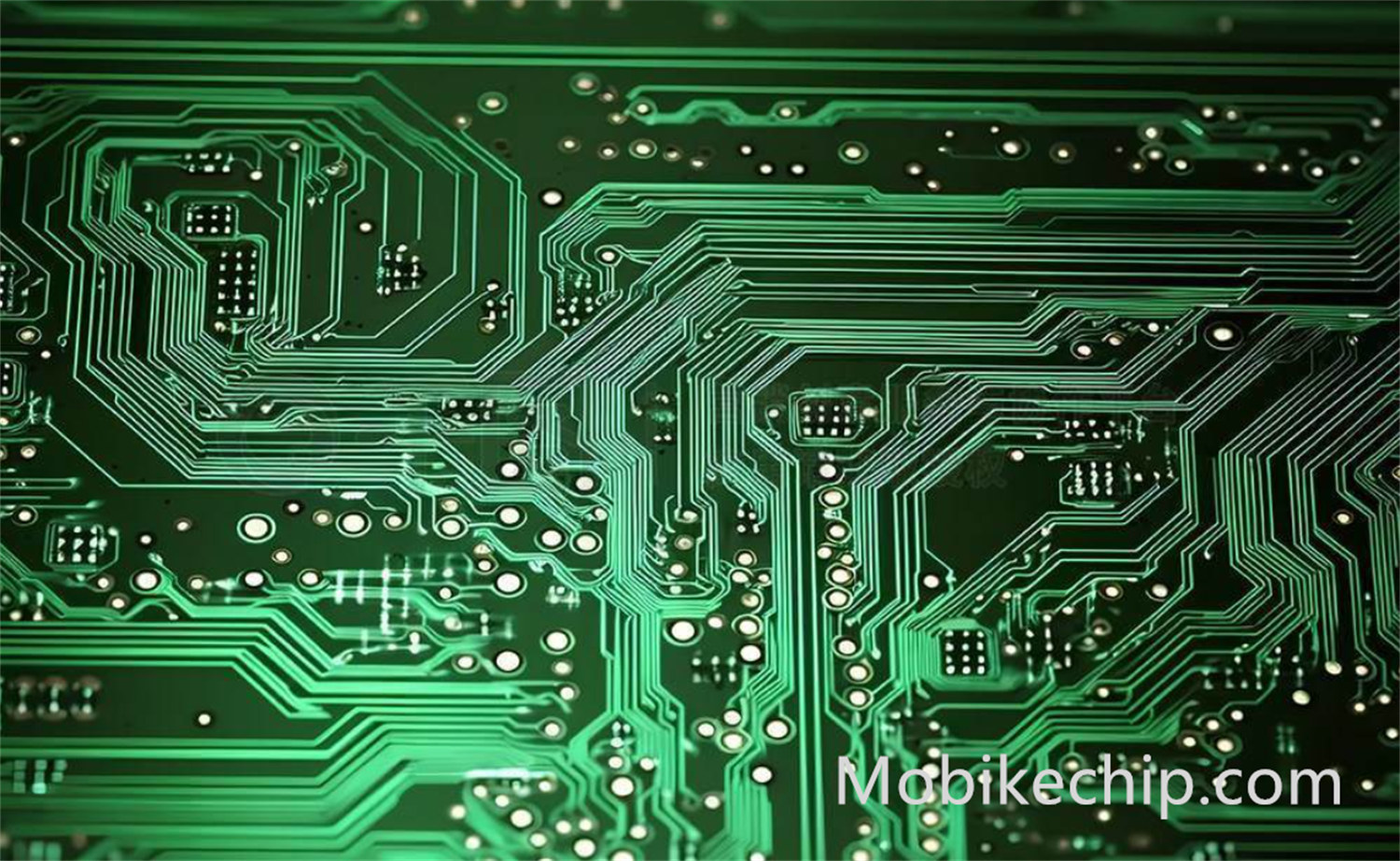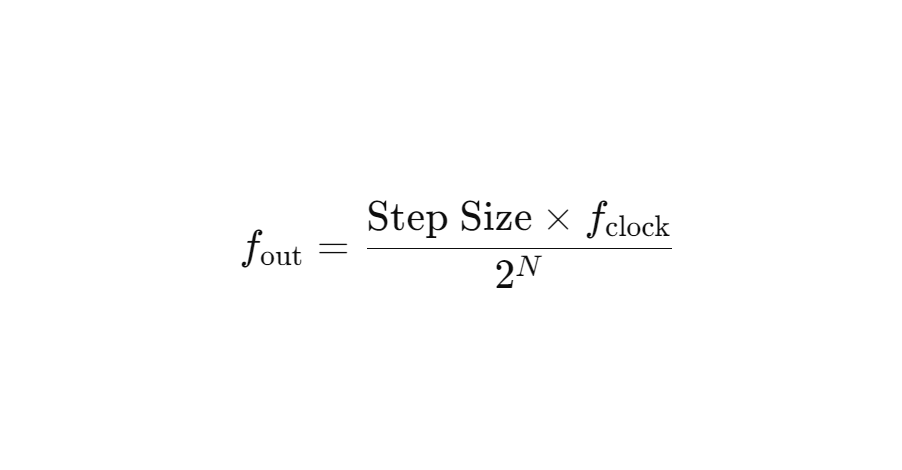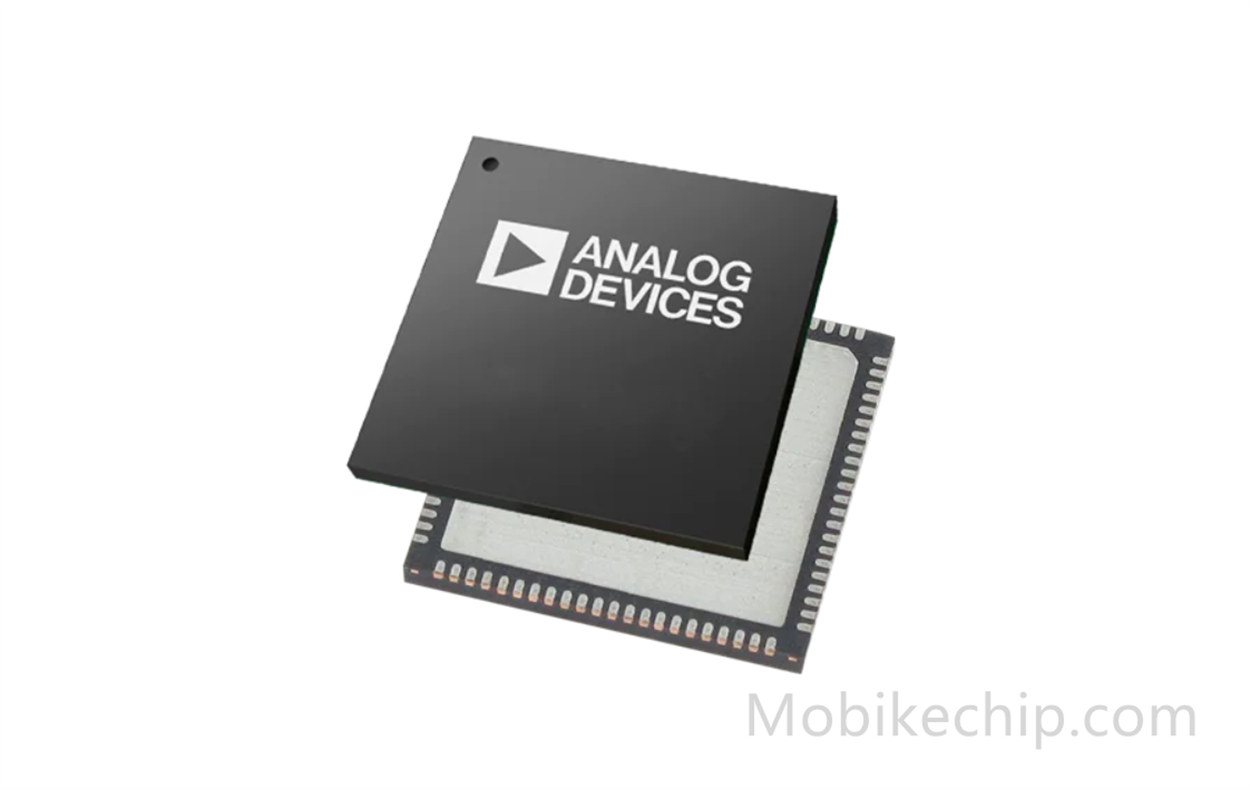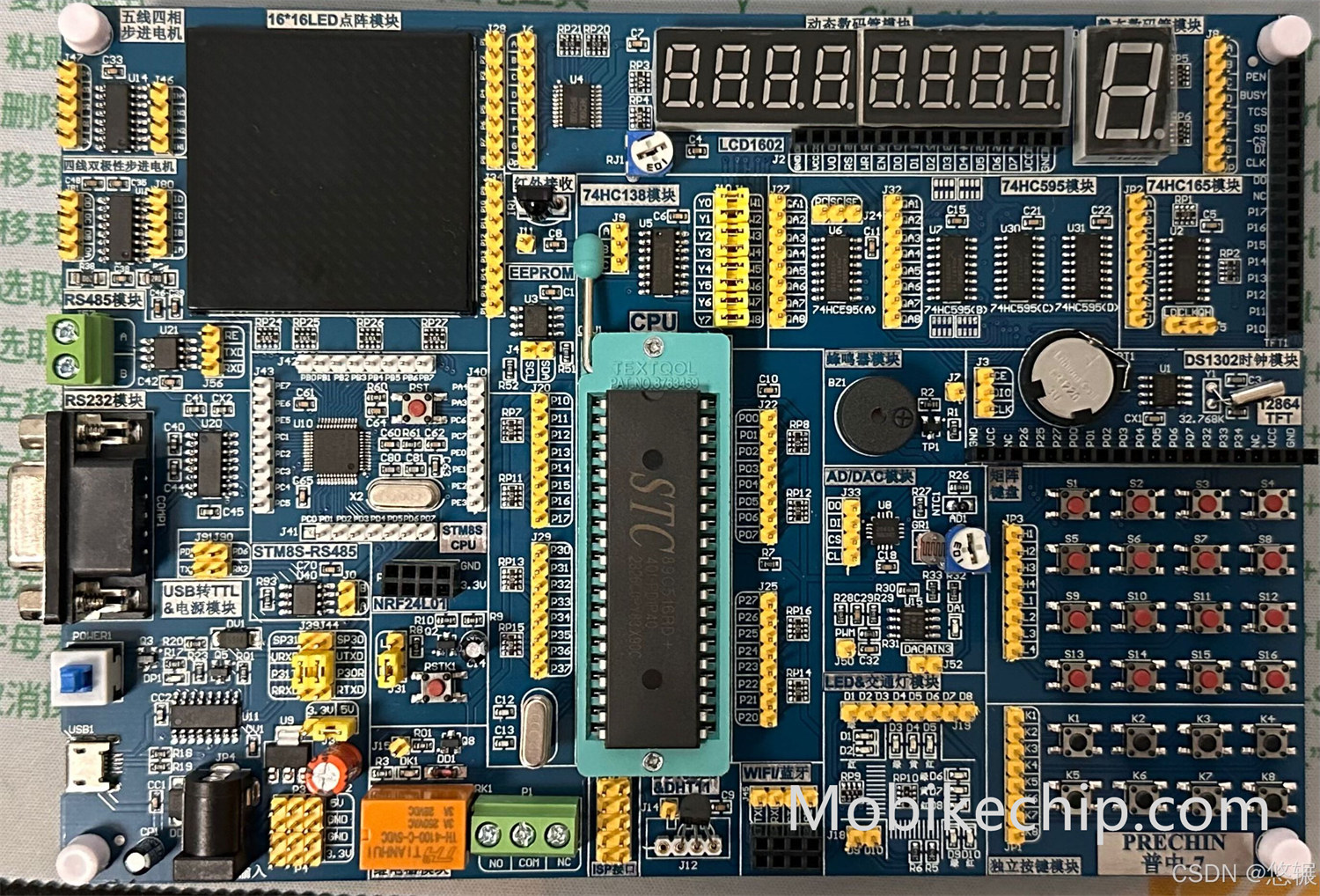Direct Digital Synthesis (DDS): A Revolutionary Approach to Signal Generation
Direct Digital Synthesis (DDS) technology has revolutionized the field of signal generation by offering high precision, stability, and flexibility. As a cornerstone in modern electronic systems, DDS finds applications in areas such as communication, instrumentation, and radar systems. This article explores the principles of DDS, its components, key advantages, and diverse applications.

Fundamentals of Direct Digital Synthesis
What is Direct Digital Synthesis?
Direct Digital Synthesis is a method of generating analog waveforms—such as sine, square, and triangle waves—using digital processing techniques. Unlike traditional methods relying on oscillators or phase-locked loops (PLLs), DDS operates digitally to create highly stable and accurate signals.
- Core Idea: DDS leverages a numerical control oscillator (NCO) to compute waveform data points digitally, which are then converted to analog signals via a digital-to-analog converter (DAC).
- Versatility: It can generate waveforms of varying frequencies and amplitudes by simply adjusting digital control inputs, without requiring physical adjustments to hardware.
Key Components of DDS Systems
- Phase Accumulator: Tracks the phase progression of the waveform, incrementing by a phase step size determined by the desired frequency.
- Waveform Lookup Table: Stores precomputed values of the desired waveform, typically a sine wave, to expedite processing.
- Digital-to-Analog Converter (DAC): Converts the digital waveform data into an analog signal for output.
- Low-Pass Filter: Smooths the DAC output to remove unwanted high-frequency components.
Technical Working Principles
Frequency Control
The DDS frequency is determined by the phase step size added in each clock cycle. The relationship can be expressed as:
Where:
- 𝑓out is the output frequency.
- 𝑓clock is the system clock frequency.
- 𝑁 is the resolution of the phase accumulator.
This formula highlights the high precision achievable by DDS, as even small changes in the phase step size result in fine frequency adjustments.
Phase Noise and Spectral Purity
DDS systems excel in minimizing phase noise, a critical parameter in communication and radar applications. Advanced DDS designs incorporate techniques to enhance spectral purity, such as dithering to reduce spurious signals and harmonics.
Amplitude Modulation
By integrating additional circuitry or software algorithms, DDS systems can modulate the amplitude of waveforms, enabling advanced signal generation capabilities like frequency sweeps or modulated bursts.
Applications of Direct Digital Synthesis
Communication Systems
DDS technology is widely employed in communication systems for generating carrier signals, local oscillators, and modulated waveforms.
- Frequency Synthesizers: DDS provides fast and precise frequency tuning for RF and microwave systems.
- Signal Modulation: Supports amplitude, frequency, and phase modulation schemes for modern communication protocols.
Instrumentation and Test Equipment

DDS-based signal generators are indispensable tools in laboratories and manufacturing environments.
- Arbitrary Waveform Generators (AWGs): Allow engineers to design and test circuits with custom waveforms.
- Frequency Reference Sources: Offer high accuracy and stability for calibration and testing.
Radar and Defense Systems
The agility and precision of DDS make it ideal for radar and defense applications.
- Frequency Hopping Spread Spectrum (FHSS): Ensures secure communication by rapidly switching frequencies.
- Pulse Doppler Radar: DDS enables fast frequency tuning for high-resolution target detection.
Audio and Music Synthesis
In the audio domain, DDS technology is used to generate tones and sound effects in digital synthesizers and signal processors.
- Electronic Music Instruments: Produce complex waveforms and harmonics for creative sound design.
- Signal Processing: Enhance audio clarity and reduce distortions in professional equipment.
Advantages and Future Trends

Key Advantages of DDS
- High Resolution: Achieves fine frequency tuning with minimal hardware complexity.
- Frequency Agility: Enables rapid switching between frequencies, making it ideal for dynamic systems.
- Compact Design: Integrates well with digital systems, reducing the need for bulky analog components.
- Cost-Effective: Provides a versatile and scalable solution for signal generation without expensive hardware modifications.
Emerging Trends
- Integration with System-on-Chip (SoC): DDS functionality is increasingly being embedded in SoCs for compact and efficient designs.
- Higher Clock Speeds: Advances in semiconductor technology allow DDS systems to operate at higher frequencies, improving output bandwidth.
- Low-Power Designs: Optimized DDS architectures minimize power consumption, catering to portable and battery-operated devices.
- Advanced Modulation Techniques: DDS systems are now capable of handling complex modulation schemes for next-generation communication standards.
Direct Digital Synthesis (DDS) Conclusion
Direct Digital Synthesis has transformed the landscape of signal generation by providing unmatched precision, flexibility, and efficiency. Its applications span across communication, instrumentation, defense, and audio systems, demonstrating its versatility and indispensability.
At MobikeChip, we offer a comprehensive range of DDS components and solutions tailored to meet the demands of diverse industries. Explore our portfolio to find the perfect match for your signal generation needs and unlock new possibilities in your designs.
About Us
MobikeChip offers a broad range of genuine electronic components from over 2,600 manufacturers at competitive prices. Our product portfolio includes Integrated Circuits (ICs), Discrete Semiconductor Products, Resistors, Capacitors, Relays, Switches, Transformers, Sensors, Transducers, Inductors, Coils, Chokes, Potentiometers, Variable Resistors, Crystals, Thermal Management products, and more.
Category page: Direct Digital Synthesis (DDS)-Interface-Manufacturers-Dealer-MobikeChip
Comments
Post a Comment